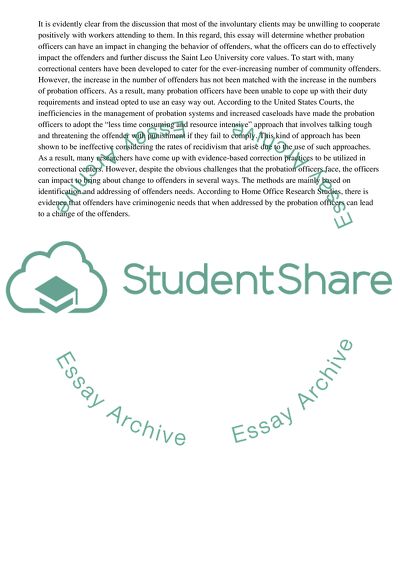Cite this document
(Dealing with Involuntary Clients Research Paper, n.d.)
Dealing with Involuntary Clients Research Paper. Retrieved from https://studentshare.org/management/1827602-written-exercise-3
Dealing with Involuntary Clients Research Paper. Retrieved from https://studentshare.org/management/1827602-written-exercise-3
(Dealing With Involuntary Clients Research Paper)
Dealing With Involuntary Clients Research Paper. https://studentshare.org/management/1827602-written-exercise-3.
Dealing With Involuntary Clients Research Paper. https://studentshare.org/management/1827602-written-exercise-3.
“Dealing With Involuntary Clients Research Paper”, n.d. https://studentshare.org/management/1827602-written-exercise-3.


